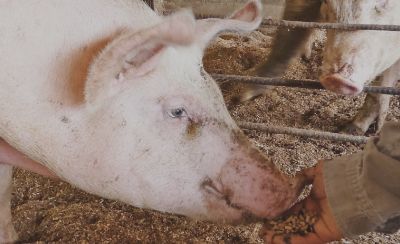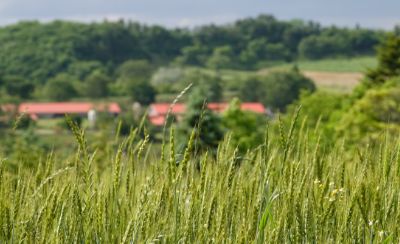There are only three months left in this year, and the mornings and evenings are chilly. How are you spending your time?
I think many of you are hearing the word casing for the first time.
This is a simple explanation, but please bear with me for just a little while.
A casing is a coating used during meat processing, and to give an easy-to-understand analogy, it is the outer skin that is stuffed with raw materials such as sausages and hams.There are two types of casings: artificial casings and natural casings. There are different types.
Artificial casings are made of inedible vinylidene chloride, cellulose, and edible collagen made from natural proteins, and are widely used for thick sausages and hams.
Natural casing is also called natural intestine and uses animal intestines. There are sheep intestines, pig intestines, cow intestines, horse intestines, etc., but in Japan, sheep intestines and pig intestines seem to make up the majority, and are mainly used for sausages.
Sausage made with natural intestines may have a slightly irregular shape, but it has excellent breathability and elasticity, so it adheres well to meat. Furthermore, high-quality protein fibers, which are the main components of natural intestines, solidify with heat, creating the unique chewy texture and flavor.
When you see processed products at a store, you may discover something new by picking up the product and looking at what kind of casing is used for it.
Ham Kobo Kumagaya

Ark Tategamori in 1P
From our founding story to business areas and initiatives, we will introduce related topics in an easy-to-understand 1P.
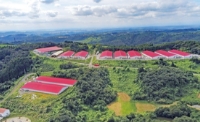
our thoughts
To live is to eat. We will tell you about the thoughts behind the philosophy of "food is life" and our mission to connect agriculture to the future.
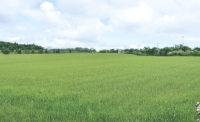
Towards the future of agriculture
We introduce three initiatives we are promoting for sustainable agriculture, including circular agriculture.

Corporate information
We will introduce information related to Ark Co., Ltd., including the history of Ark Tategamori, which has progressed with the changes of the times since 1972, and the company profile.

50th anniversary history video
To commemorate the 50th anniversary of Ark Group's founding, we have produced a video summarizing our history so far. (Video site opens)
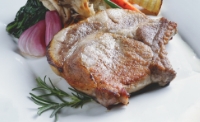
Tategamori Plateau Pork
In the rich nature of the Tategamori area in Iwate Prefecture, they are raised with love under thorough commitment and strict hygiene control.

Product list
We make only safe, secure and high-quality products for a healthy and happy life.
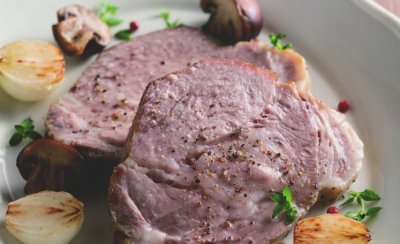
Thoughts on products
All of Ark Tategamori's food products are made under the consistent belief that we only make food that our families can eat with peace of mind.
Popular information
Daily update of today's business hours, ranch weather, flowering status of the garden, etc.
Information and schedule of events and fairs held at Ark Tategamori
The ranch staff navigates how to enjoy each season and how to enjoy each scene
Facility/experience information
Fully enjoy the changing seasons in a beautiful natural environment with flowers
Touch, feel and learn. Interact with animals in the grand nature of Tategamori
Various activities that you can learn while having fun, such as tree houses and various hands-on classes
Served buffet style by a chef who knows everything about the farm's products.
A store with a selection of farm products, including products grown with great care
Download farm map
Information on the tour bus that travels around the ranch


